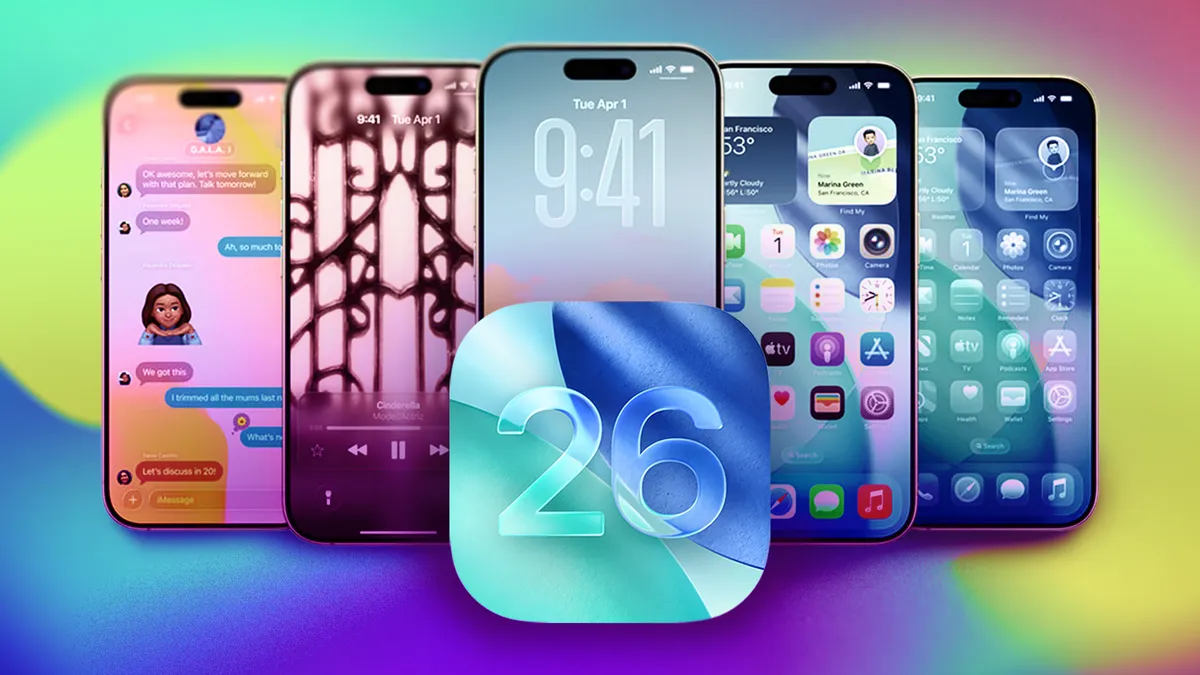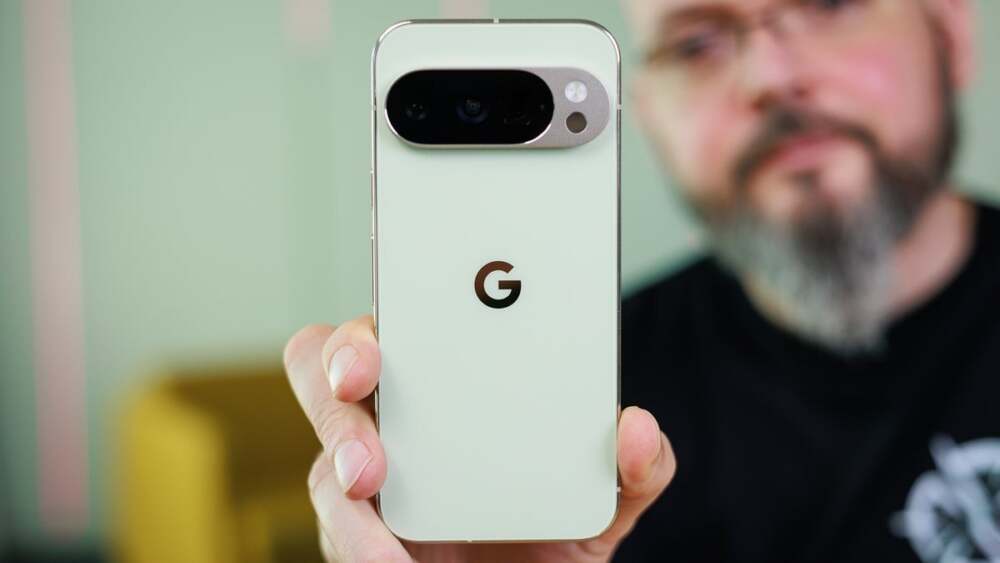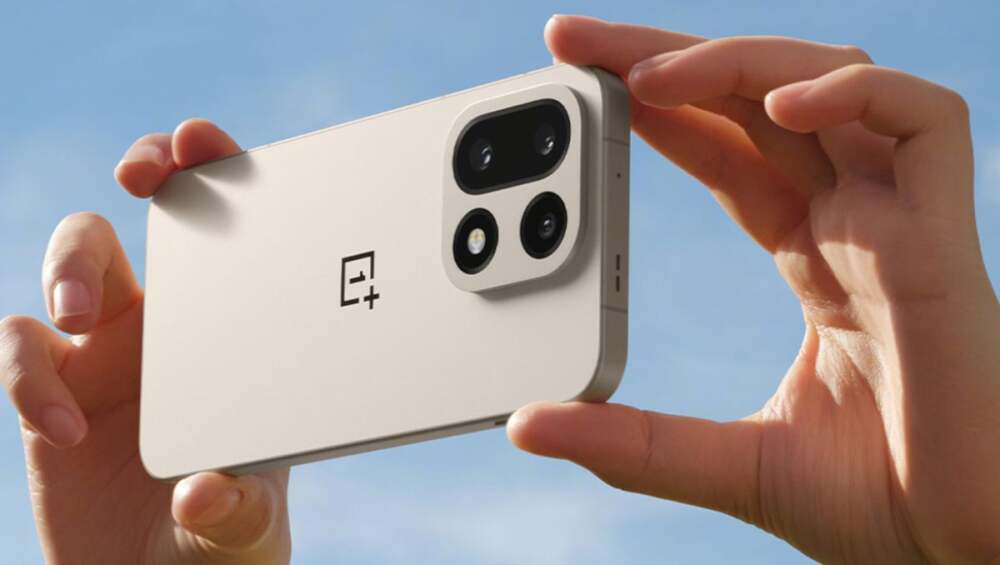Qualcomm’s latest flagship chip, the Snapdragon 8 Elite Gen 5, is raising the bar not only with raw performance and efficiency improvements but also by being the first mobile chip to support Samsung’s Advanced Professional Video (APV) codec in hardware. For creators and phone-enthusiasts, this development marks a potentially transformative moment for mobile videography.
What is APV and Why It Matters
APV stands for Advanced Professional Video. Developed by Samsung, this codec is designed for high-fidelity capture and post-production on mobile devices. Its main strengths include:
- Near-lossless video quality: APV allows video capture that retains much more detail than typical codecs, preserving visual fidelity for editing.
- Efficiency: It delivers better compression vs. legacy codecs — saving storage while maintaining high visual quality.
- High resolution and color support: The codec handles up to 8K resolution, supports various chroma sampling schemes (from less-compressed to full chroma), and offers deeper bit-depths (10- to 16-bit) for color profiling and dynamic range.
- HDR support: APV includes metadata for standards like HDR10+ so that bright highlights and deep shadows are better preserved.
Because many creators do heavy editing, color grading, or want flexible post-editing workflows, having APV in hardware gives phones using Snapdragon 8 Elite Gen 5 a major advantage. It means video shot on mobile can withstand editing without overly degrading quality.
What Snapdragon 8 Elite Gen 5 Brings Beyond the Codec
While the APV hardware support is headline-worthy, Qualcomm has bundled it with several upgrades across the CPU, GPU, AI, and power efficiency domains:
- The chip uses a 3 nm manufacturing process, leading to gains in power efficiency.
- It features an upgraded CPU architecture (“third generation Oryon cores”) with higher clock speeds (notably up to ~4.6 GHz for prime cores), paired with multiple performance cores.
- The GPU side sees performance boosts, better thermal behavior, and optimizations that reduce power consumption during demanding tasks like gaming or graphics work.
- AI and Neural Processing (via the NPU) improvements are significant — faster, more efficient on-device models, better support for real-time computational photography and video processing.
- Improvements in image signal processing (ISP) include expanded dynamic range, better color and exposure handling, and enhanced ability to manage autofocus, auto-exposure, and lighting conditions in video capture.
Real-World Impact for Users and Creators
Here are how these advances could matter in everyday (or creative) use:
- Better video editing from your phone
Capturing with APV means less compromise when color correcting, grading, or applying creative effects. You get more room to manipulate visuals without artifacts or compression damage. - Saving storage without sacrificing quality
Because APV is more efficient, those who shoot a lot of video (travel vloggers, content creators, social media producers) can shoot higher-resolution content without overwhelming storage. - Future-proofing content
As displays and platforms move toward HDR, wide color gamut, higher refresh rates and higher resolution video support, having a device that records in APV means content can look current for longer. - More powerful devices with less battery drain
The new chip’s efficiency improvements mean better battery management when capturing or editing high-res video, which historically has been a drain.
Considerations & What to Watch For
Even though APV and the Elite Gen 5 promise much, there are some caveats:
- File size still big: “Near-lossless” is not “lossless.” High-fidelity video still produces large files. Users will want fast storage (UFS etc.) and high-capacity devices.
- Thermal & battery constraints: Sustained high-res video capture, especially in 8K or with HDR, still generates heat and consumes power. Efficiency helps, but there are practical limits.
- Ecosystem support & software tools: For the advantage to materialize, camera apps, editing tools, and platforms must support APV workflows (proper input, playback, export).
- Hardware adoption: While Snapdragon 8 Elite Gen 5 enables the hardware side, phone manufacturers must build devices with capable sensors, good cooling, and strong optics to make full use of APV.
Looking Ahead
- Expect upcoming flagship phones (Samsung’s Galaxy S26 series being among the likely) to showcase APV video recording.
- Apps and video platforms should begin supporting APV capture and editing tools more broadly.
- As more manufacturers adopt the chipset, we’ll see how workflows, user expectations, and content quality shift in mobile videography.
Bottom Line
The integration of Samsung’s APV codec into the Snapdragon 8 Elite Gen 5 represents a meaningful leap for mobile video creators. It isn’t just another spec upgrade — it allows phones to more closely approach the quality and flexibility of professional video tools. For users who care about video quality and editing control, this could make the next generation of phones much more compelling.
















Leave a Reply